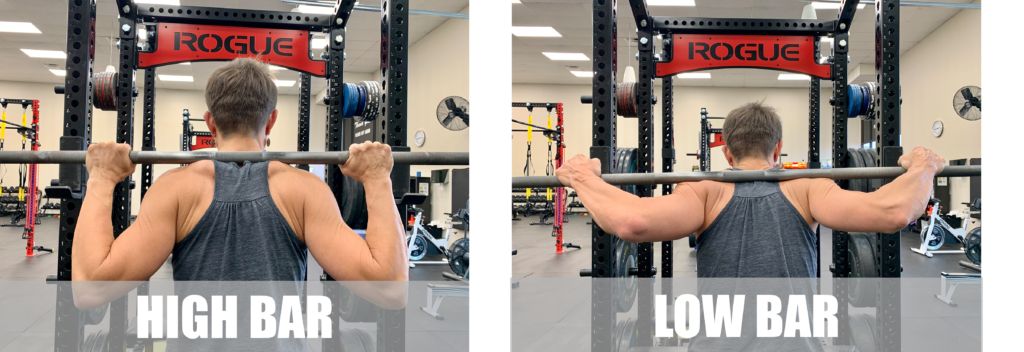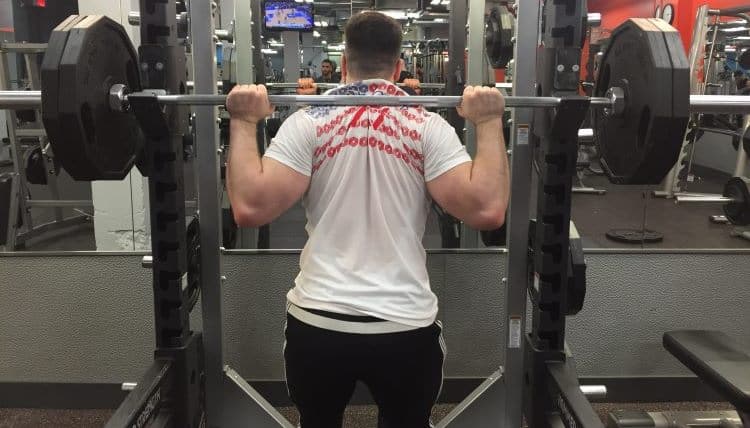
Hand Placement for Squats – Finding the Perfect Grip for Stability & Strength
Hand placement in squats is often overlooked, but it plays a huge role in maintaining upper-body tension, bar control, and overall squat mechanics.
A poorly positioned grip can lead to shoulder discomfort, wrist pain, and instability, affecting your ability to generate power. In this guide, we’ll explore the best hand positions for squatting, helping you lift stronger and safer.

Why Hand Placement Matters in Squats
🔥 Creates Upper-Body Tension – A strong grip locks the bar in place, improving squat stability.
🔥 Reduces Shoulder & Wrist Strain – Proper hand positioning prevents joint discomfort.
🔥 Enhances Bar Control – A secure grip ensures better bar path and balance.

Best Hand Positions for Squats
1️⃣ Narrow Grip – Maximum Upper-Back Tightness
✅ Best for Low-Bar Squats – Creates maximum tension in the upper back.
✅ Ideal for Lifters with Good Shoulder Mobility – Requires flexibility to maintain position.
🚫 Not Suitable for Lifters with Shoulder Pain – Can cause discomfort if mobility is limited.

2️⃣ Medium Grip – Balanced Stability & Comfort
✅ Best for Most Lifters – Provides good bar control without excessive strain.
✅ Works for Both High-Bar & Low-Bar Squats – Versatile grip option.
🚫 May Not Create Maximum Upper-Back Tightness – Less tension compared to a narrow grip.

3️⃣ Wide Grip – Best for Shoulder Mobility Issues
✅ Best for Lifters with Limited Mobility – Reduces shoulder strain.
✅ Comfortable for High-Bar Squats – Allows natural bar positioning.
🚫 Less Upper-Back Engagement – May reduce bar stability.

Choosing the right hand placement for squats can improve stability, reduce discomfort, and enhance bar control. Whether you prefer narrow, medium, or wide grip, finding the optimal position will help you lift heavier and safer.







